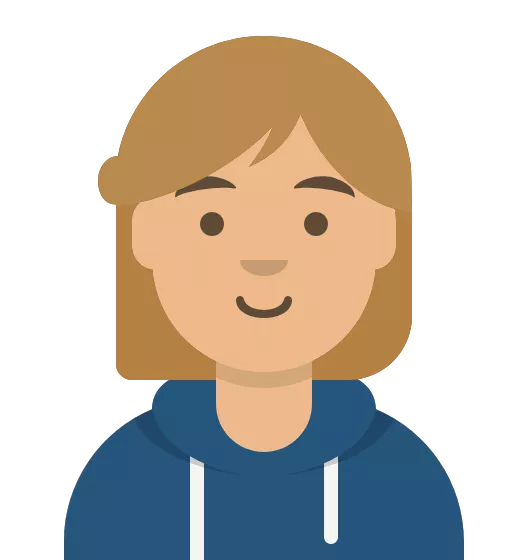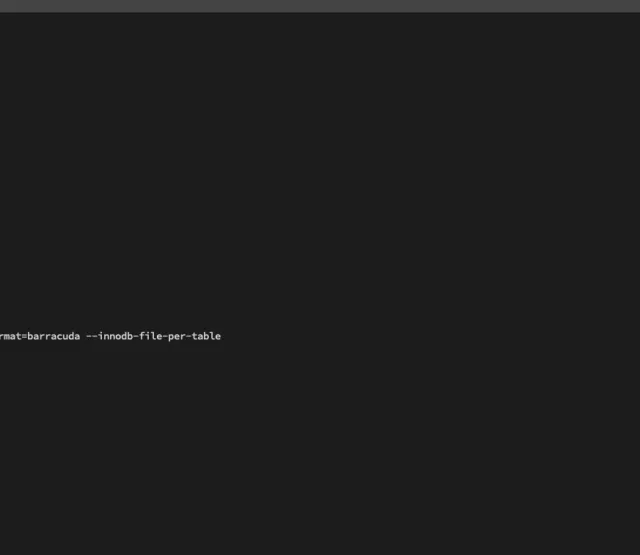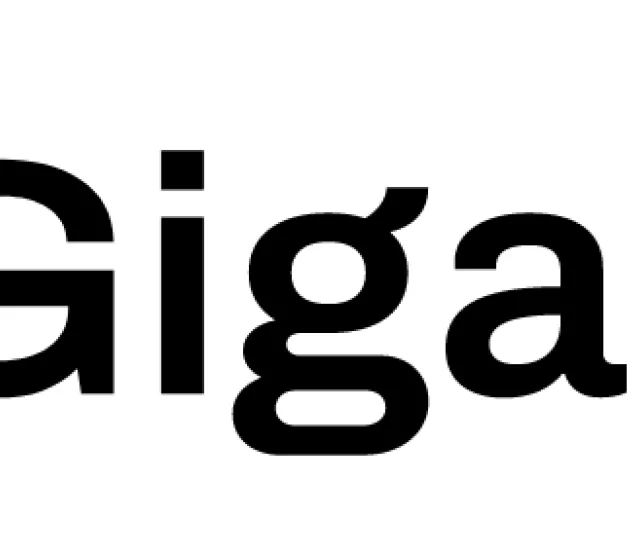
Förderjahr 2022 / Projekt Call #17 / ProjektID: 6384 / Projekt: GigapixelTutor
As part of the netidee call we want to make gigapixel images easily accessible for teaching. But what are “Gigapixel” images? Some of us read the specifications of our smartphones and somewhere the resolution of the camera in megapixel is listed. Compared to a megapixel a gigapixel is 1000 times more, hence gigapixel images are 100 times bigger than the average image from a smartphone. Yet as with smartphone images it doesn't stop at 1 gigapixel, have a look at the Wikipedia page with the largest photographs https://en.wikipedia.org/wiki/List_of_largest_photographs and immerse yourself into the old town square in prague (http://360gigapixels.com/old-town-square-prague-in-lockdown/) with its 405 gigapixel image.
One problem with such huge images on the internet is bandwidth, as it is very inefficient to download the whole image before viewing it locally. OpenStreetMap already shows us the solution: Not the “whole world” is downloaded in full but only small visible tiles of the large image are shown and loaded. Once you zoom in, the field of view narrows and more detailed tiles (also called mosaics) are loaded. OpenSeadragon (https://openseadragon.github.io/) offers an open-source JavaScript viewer to view tiled gigapixel images on the web in such a way. They also link to tools to generate the tiles from existing gigapixel images.
Gigapixels images are also part of visual storytelling in combination with sound and music. A very good example is the interactive documentary Jheronimus Bosch, the Garden of Earthly Delights at https://archief.ntr.nl/tuinderlusten/en.html. Jim Vallandingham made a very interesting blog post about visual storytelling https://vallandingham.me/scroll_talk/examples/ . Especially the Islamic State Tracker from the Washington Post shows nicely how text and interactive user interaction in the satellite image can complement each other.
As we are researchers at the Medical University of Vienna, our take on gigapixel images has a medical focus. Pathology is currently moving from specimen slides viewed “physically” under the microscope to digital pathology based on scanned specimen slides also called whole slide images. A single whole slide image can be many gigapixels in size. Some sample slides can be viewed at the Cancer Digital Slide Archive (TCGA) at https://cancer.digitalslidearchive.org/. When using these whole slide images during teaching, special infrastructure with enough bandwidth has to be managed. As we, like many other institutions. are moving to digital pathology, we want to help build an open toolset to harness such image formats for efficient teaching.:
As part of Gigapixel-Tutor we want to make gigapixel images available to teachers from different disciplines (i.e. arts, astronomy, geography, medicine etc.) and allow them to incorporate them easily into their teaching. Our goal is to make gigapixel images easily usable in the open-source teaching platform Moodle.



